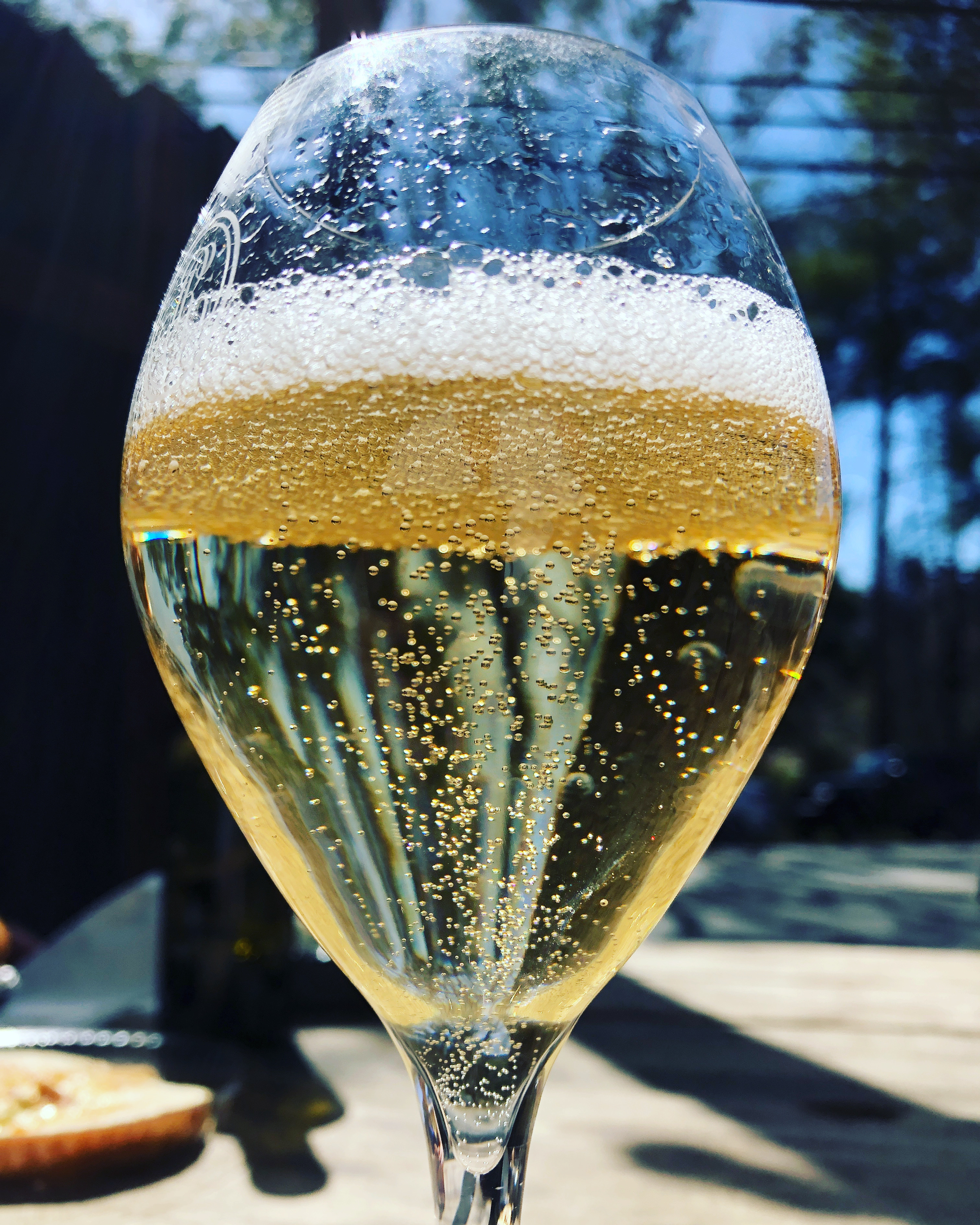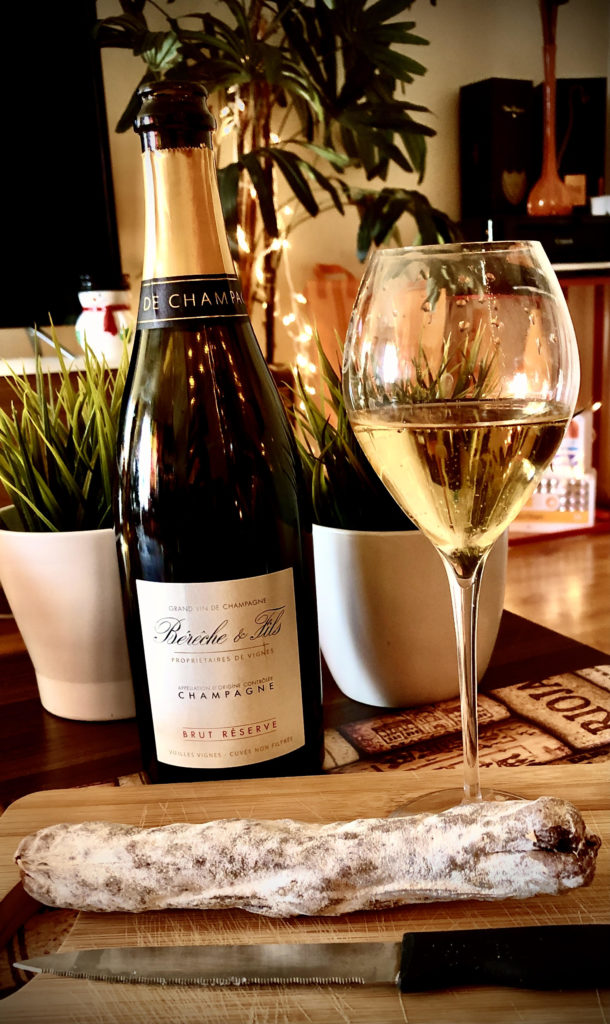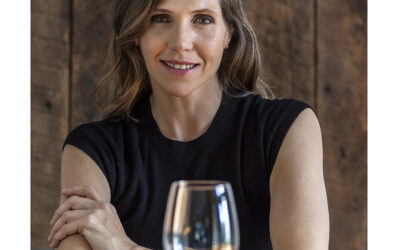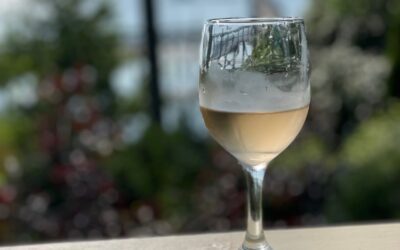Champagne can be wonderful…and confusing! Here are some common misconceptions and the real scoop on bubbly!
- Make it pop loudly?
Giving the cork a stentorian pop is a major etiquette faux-pas. It’s always preferred to open a bottle of champagne as gently, and discreetly as possible.
2. Coupe vs Flute?
The Best way to drink champagne is in a tulip-shaped or a white wine glass. The coupe is too large to conserve the effervescence and the flute is too narrow to allow for the bouquet of aromas to properly expand. A bulbous glass will allow both bubbles and aromas to develop to the fullest.
3. Does the size of bubbles Matter?
The size of the bubbles is determined by dissolved CO2. Smaller bubbles do not necessarily equate to better quality champagne. The less sugar winemakers add during the “Prise de Mousse” (second fermentation), the smaller the bubbles will be at consumption. Vintage Champagnes are mistakenly considered better quality because of their finer bubbles.

But this phenomenon comes from the fact that Vintage champagnes have a longer maturation period on lees than Non-Vintages. Older champagne bottles naturally have smaller bubbles as there is less dissolved CO2 and the aging cork will also have allowed for a small amount of gas to escape, further reducing the size of the bubbles.

4. Put a fork or spoon to safely store your champagne in the fridge?
Silverware does absolutely nothing to preserve the effervescence in the bottle. Once open a champagne bottle can last for a few days when sealed with metal stopper with a rubber ring that fits onto the bottle neck.
5. Freeze it?
Never ever put a bottle of champagne in the freezer. Always avoid extreme temperature fluctuations.
6, Avoid at all costs putting your glassware in the dishwasher.
Champagne glasses should be cleaned with hot water, sans detergents, and only used when completely dry.
7. Champagne is an aperitif drink!
Champagne is not solely served as an aperitif or for dessert. Champagne is one of the most versatile wines for pairing with food – it simply goes with everything from caviar, paté to pizza, popcorn and/or French Fries. Try it, you’ll see!
8. Champagne is only for special occasions.
Champagne is more than exhilarating celebratory bubbles, it’s first and foremost a wine. As such, Champagne is not just for special occasions and can be enjoyed every day (in moderation). After all, who can ever virtuously say no to a glass of champagne?
Santé!



